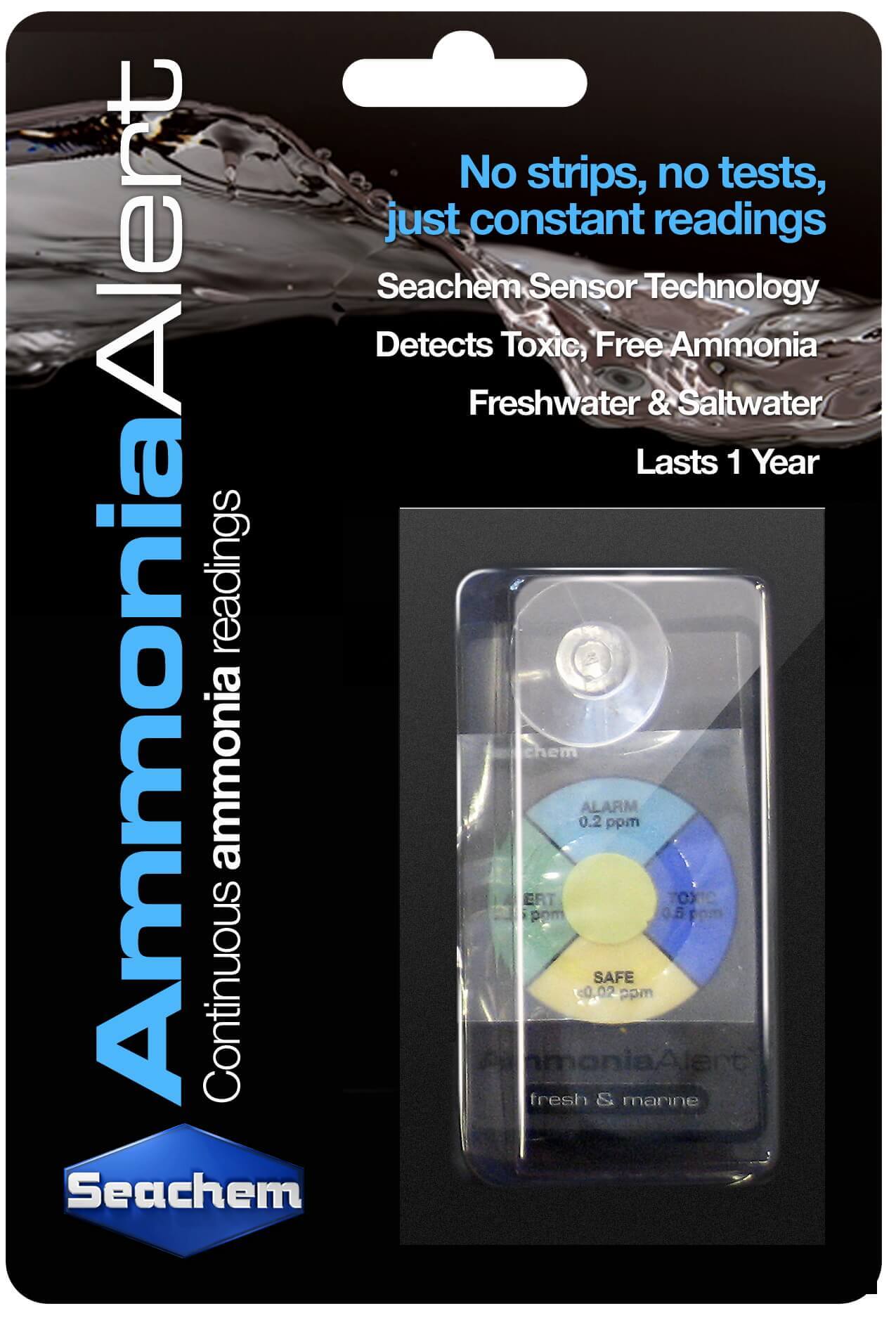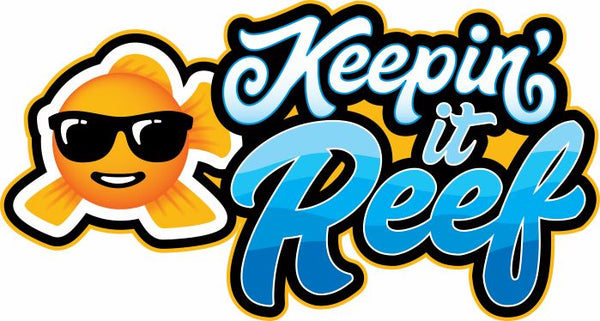Seachem
AmmoniaAlert, by Seachem
AmmoniaAlert, by Seachem
Couldn't load pickup availability
- Seachem sensor technology
- Continuously detects and monitors free ammonia
- No test kits, chemicals, or procedures are needed; just constant readings
- Lasts over a year
- Marine and freshwater
Innovative color-coded monitoring device for continuous detection of toxic ammonia. Seachem Ammonia Alert Device alerts you to high levels of free ammonia without need for a test kit. The sensor changes color from yellow to green to blue when ammonia levels increase in your aquarium. Detects less than 0.05 mg/L free ammonia and alerts you to this #1 killer of tropical aquarium fish. Inconspicuous and attaches directly to inside glass with included suction cup. Lasts for over a year before sensor needs replacement. For fresh or saltwater aquariums.
More Information
Interpretation
As little as 0.02 mg/L of free ammonia will produce a greenish hue on the detector surface. This corresponds to a total ammonia (both ionized and free ammonia) of 0.25 mg/L in marine water at pH 8.3. In freshwater at pH 7.0, this corresponds to 3.6 mg/L total ammonia. Free ammonia is much more toxic than ionized ammonia. As free ammonia, the ALERT color corresponds to about 0.05 mg/L, ALARM to about 0.2 mg/L, and TOXIC to about 0.5 mg/L. The ALERT concentration is tolerated for several days, ALARM for a few days, and TOXIC is rapidly harmful. This product is not recommended for use at acid pH.
Care
No care is required beyond removing algae with a clean, soft material. Avoid touching the sensor with fingers, since skin oils can damage it. Do not use bleach, soap, detergents or hard objects to clean the sensor. Some dye medications may discolor the sensor. Sensitivity improves with age, provided the unit is not allowed to dry out, however, drying does not permanently impair the unit. For maximum sensitivity, the unit should be read under natural daylight or daylight simulating light. Red enhancing light minimizes green and blue hues, decreasing the apparent sensitivity of the unit. The response of the unit may be checked by holding it briefly over the mouth of an ammonia bottle: color should develop rapidly.
Share


